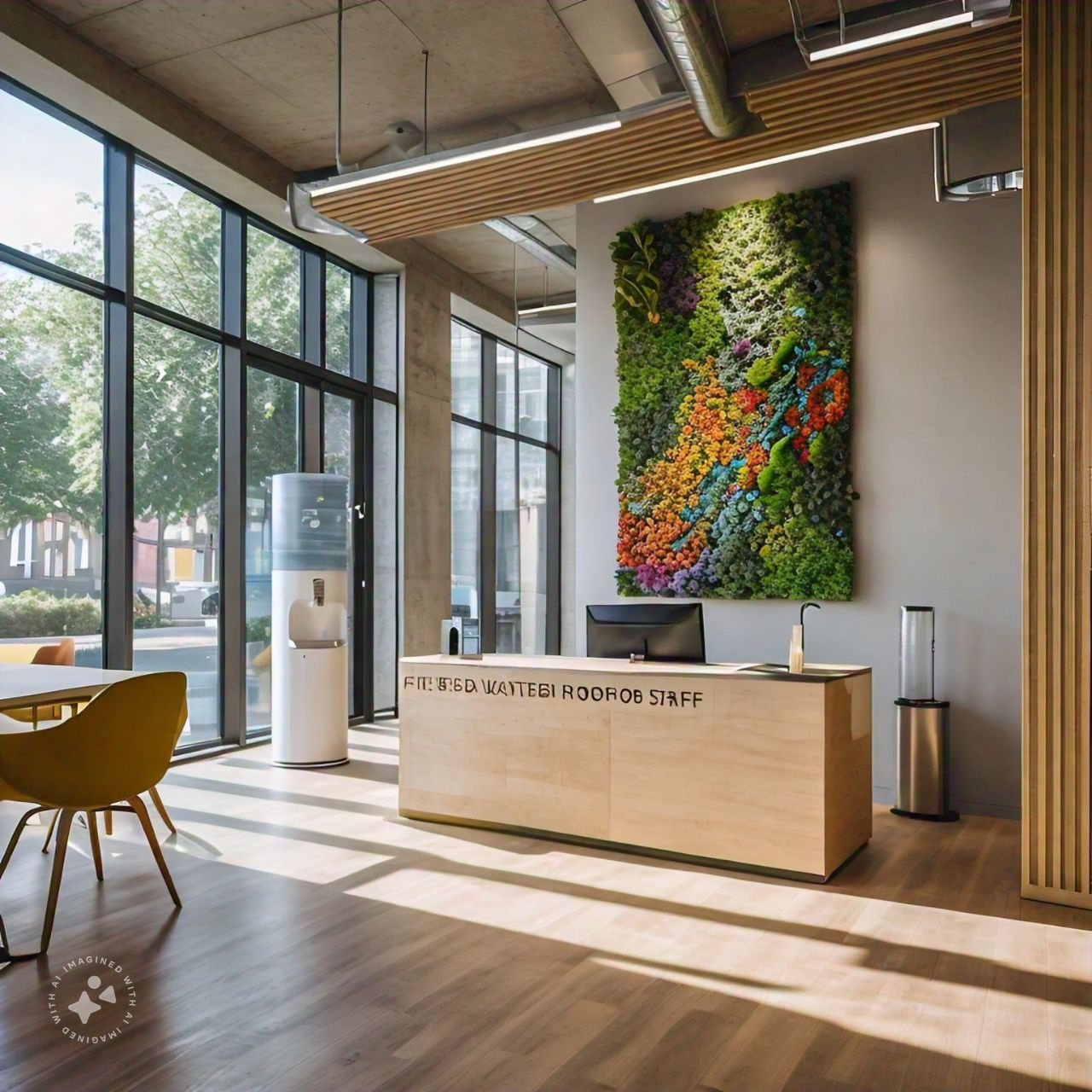Going Green and Going Big: Why Sustainability is the New Business Buzzword (and How to Make it Work for You)
Remember those days when “going green” was a curling question placed on the heads of a select few environmental warriors? Well, those days are long gone, as today, sustainability is no longer a hot new movement—it is a business imperative.
Here’s the reality: consumers are growing more environmentally conscious. They are looking to back brands that share their values and are determined to reduce their impact on the planet. In short, sustainability is good for the planet and good for business.
So, how can your business embrace sustainability and reap the benefits? Let’s dive in!
Why Sustainability Matters
Here are several reasons that sustainability should be a priority for your business:
- Eco-Conscious Consumers: A growing number of consumers now want to pay more for sustainable products and services. Having sustainable practices would point toward your care for the environment and possibly procure a loyal customer base.
- Improved Brand Image: As a brilliant branding tool, sustainability breeds an improved brand image. With a view to showcasing your eco-friendly efforts, you will be in a position to create positive brand imaging and set yourself apart from other competitors.
- Cost Savings: In the long term, sustainable practices may turn out to be cost-effective. This might be through energy consumption, waste reduction, or even water conservation.
- Increased Efficiency: A focus on sustainability often results in a more efficient operation. By streamlining processes and reducing waste, you can improve your bottom line.
- Attracting and Retaining Top Talent: Today’s highest-talent Millenials and Gen Z, the talent of the future, insist on sustainability. Demonstrating your firm commitment to environmental responsibility can make your concern a sought-after place to work . Green Giants: Case Studies in Sustainable Business
Don’t just take our word for it. There are countless examples of companies who have embraced sustainability and benefited as a result:
- Patagonia: This is one of the companies dealing with outdoor apparel and has greatly led to the sustainability frontier. They utilize recycled materials, repair worn-out gear, and engage actively in environmental campaigns.
- Tesla: In other words, The electric car; A further step to significantly reduce greenhouse gasses in a sector of the economy—a clean energy one—disrupting the automotive industry.
- Unilever: With some aggressive sustainability goals that include reducing their environmental footprint and sourcing their materials sustainably, this is a consumer goods mammoth.
- The Body Shop: An ethically-driven, sustainable beauty brand that offers nothing but cruelty-free products, with recycled packaging. They consistently campaign in multiple areas that deal with sustainability.
From Buzzword to Action: How to Make Sustainability a Reality for Your Business
Inspired but slightly confused about how to implement sustainability in your own business? Let’s dive right into the practical ways to materialize the vision of sustainability for your business:
- Start Small, Think Big : No need to change the way you do everything overnight. Start small and look for where you can implement little, incremental changes made the biggest impact. You could change out your fixtures for energy-saving lighting, reduce paper use, or start a recycling program.
- Harness the Power of Green Packaging: Today’s consumers are becoming more conscious of waste generated by packaging. Look for the innovative use of recycled material in packaging items or explore more innovative compostable opportunities.
- Reduce, Reuse, Recycle: The age-old mantra for many years is still relevant. Find ways to reduce waste at every part of your operation. Can you use reusable material? Can you seek ways to recycle or upcycle waste products?
- Energy Efficient Appliances: Appliances and lighting both are ranked as the high-end energy consumers, which adds to a host of activity that increases the carbon gas emission of the greenhouse. Buy appliances and lighting alternatives that are energy-efficient; if possible, try to generate part of the energy you use from renewable sources like sun or wind energy.
- The Sustainable Supply Chain: As a business, remember that you are part of the supply chain. Source responsibly, engaging suppliers who share your commitment to sustainability and share the way you are sourcing responsibly.
- Key is Transparency: Do not be shy about showing your hand when it comes to sustainability. Let your customers, employees, and stakeholders know what goals you have set. Transparency builds trust and strengthens your brand image.
Sustainability: A Journey, Not a Destination

Remember, sustainability is not a one-time fix but a journey of continuous improvement. With these initial steps, remain committed to your sustainability aspirations, and in the end, you are bound to make a positive impact on the earth by having a thriving, purpose-driven business.
Bonus Tip: Jointly work with environmental organizations or be part of sustainability work in society. This shows your commitment to environmental values and presents an opportunity for making such social bonds with other value-sharing business owners and consumers.
Sustainable solutions are not trendy; they are the business future. Use green practices in ensuring that you leave behind an impression that is good for the environment, enabling your brand to attract the best talent across the globe and making your contribution count towards shaping a more sustainable future for all. Now, overall, some very valuable insights here to ponder on for a comprehensive article that engages:
- Tailoring Sustainability to Your Sector – Snippet on general applicability in diverse sectors – A restaurant may focus on locally sourced ingredients, composting food waste, organic materials, and fair labor practices but for an organization in textiles.
- The Financial Benefits: Put a bit of idealistic flair on the elements regarding sustainability in terms of the economic gains that these initiatives would bring to the company. Reduction in energy use, reduction of waste, and running an efficient operation are immediately channeled into savings.
- Presenting Challenges: Do not hesitate to highlight challenges that may be associated with implementation of the sustainability agenda. The challenges may be huge initial costs, uncertainty in the supply chain, or business practices embedded in stone. Almost all of these can, however, now be overcome where there is real commitment and a properly researched and planned implementation.
- The future of sustainable businesses: The conclusion will now be approached from a ‘future take’ perspective on sustainable businesses. You could thus premise arguments on current trends like the circular economy–production designs have to be for reuse/remanufacture like tortilla production and further consumer activism for companies to fully adopt the sustainability ethos.
They will help you draw up the much-needed comprehensive, well-informed article that wades miles above the basics of sustainability, to even inspire businesses to do something for the future. Remember, every part of this road to sustainability accounts, and together, businesses will account for a mighty change in this planet. Let’s go green and create a thriving future for our businesses and environment.












